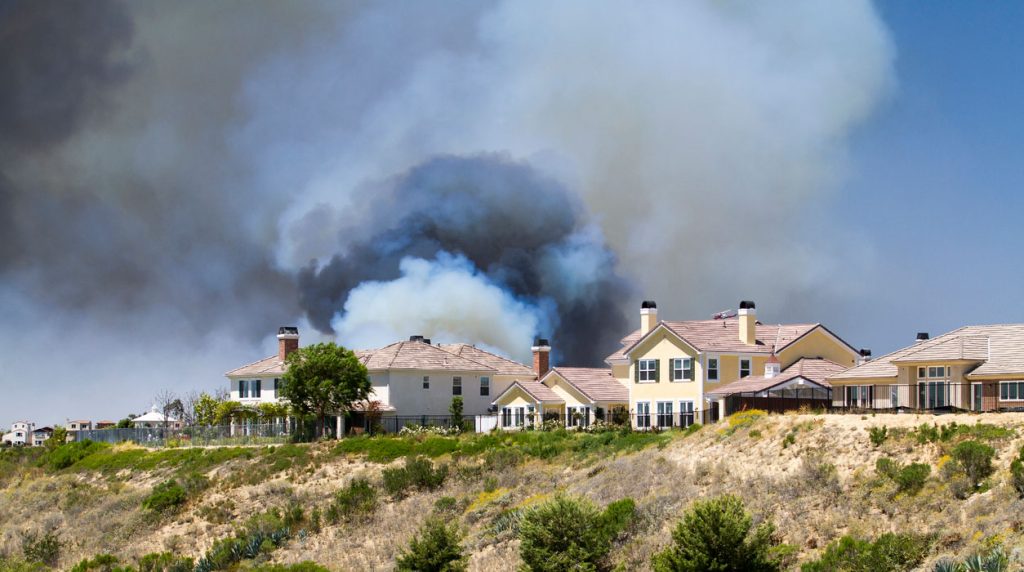Scenario Modeling for the Million Acres Strategy

Wildfires in California are a serious and growing threat. SIG and the Climate and Wildfire Institute were chosen by the CA Wildfire and Landscape Resilience Taskforce to work in the Million Acres Strategy
Planning And Implementing Fuel Treatments To Reduce Fire Hazard And Restore Healthy Wildlands And Forest Communities

California landowners, land managers, and planners are acutely aware of their region’s exposure to wildfire and its associated hazards. Local, state, and federal efforts to moderate fire behavior with fuel treatments have dramatically expanded as wildfires have increased in size, severity, and community impacts.
Approved: SIG’s Methodology For Estimating Reduced Emissions From Megaffires

In March, the Climate Action Reserve’s Climate Forward program approved SIG’s Reduced Emissions from Megafires (REM) forecasting methodology. This methodology provides a novel mechanism for funding essential forest health projects by generating Forecasted Mitigation Units (FMUs) for greenhouse gas (GHG) emissions avoided by reducing the risk of catastrophic wildfires. Such funding will pave the way for reducing fuels and increasing forest resilience.
What Communities Can Do To Improve Their Wildfire Resilience

After visiting conferences throughout the last year, SIG-NAL’s Executive Director, Graham Wesolowski details his experiences initiating a Regional Wildfire Mitigation program:
For Indonesia’s Wildfires, There Are No Easy Solutions

This week, we’re blogging about SIG’s work on reducing wildfire impacts in Indonesia and California. Fires in both regions have similar financial and health impacts, but differ in behavior. In Indonesia, even the ground itself can burn, requiring unique management approaches. Lessons learned in each place can inform solutions in the other.
